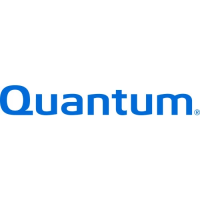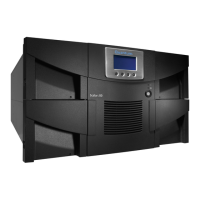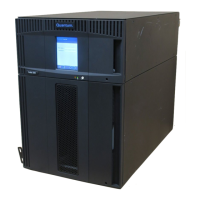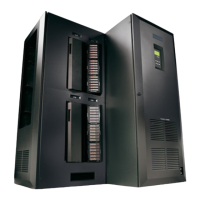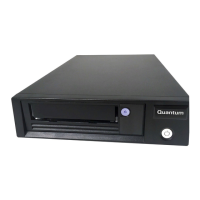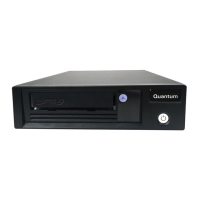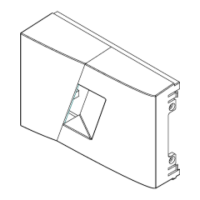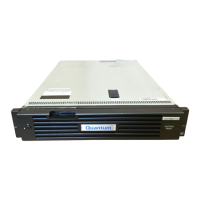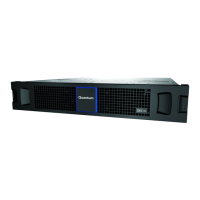Chapter 10: Path Failover
Configure Control Path
Quantum Scalar i6000 User’s Guide 361
• Yellow — indicates you are removing the drive from the SNW
count.
• White — indicates no change.
6 Click Finish. If you are adding drives, a dialog warns you that host
connectivity may be affected.
7 Click OK. A Success dialog appears.
8 Click OK.
Configure Control Path
There are five types of control path configurations:
Control Path: This configuration options does not require an SNW
license and can use any EEB attached IBM or HP LTO drive. For more
information, see
Configuring Control Paths on page 156.
Multi Control Path: This configuration option requires an SNW license
and allows you to assign multiple IBM and/or HP LTO-5 or higher drives
as possible control paths.
Basic Control Path Failover (BCPF): This configuration provides
support for only HP LTO-5 and later path failover licensed drives for
basic control path failover. When BCPF is used, one drive is assigned as
the primary control path and another drive as the control path failover
(secondary) drive. The control path failover drive is used whenever the
primary control path drive fails, becomes inoperable, or loses
connectivity.
Functionality exists to manually “fail over” and “failback” among the
configured control path drives to allow control path and drive
diagnostics (see
Manual Failover Between Drives on page 368).
Advanced Control Path Failover (ACPF): This configuration provides
support for only HP LTO-6 and later, path failover licensed drives for
advanced control path failover. When ACPF is used, one drive is
configured as the primary control path and one or more drives are
selected as failover drives.
This configuration requires an Advanced Path Failover (APF) device
driver installed on an attached host. This driver will determine and
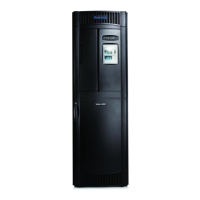
